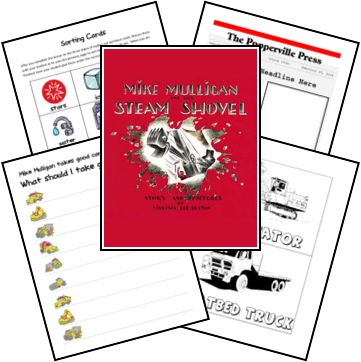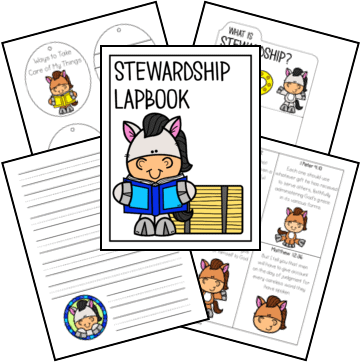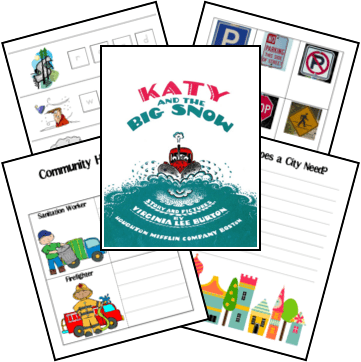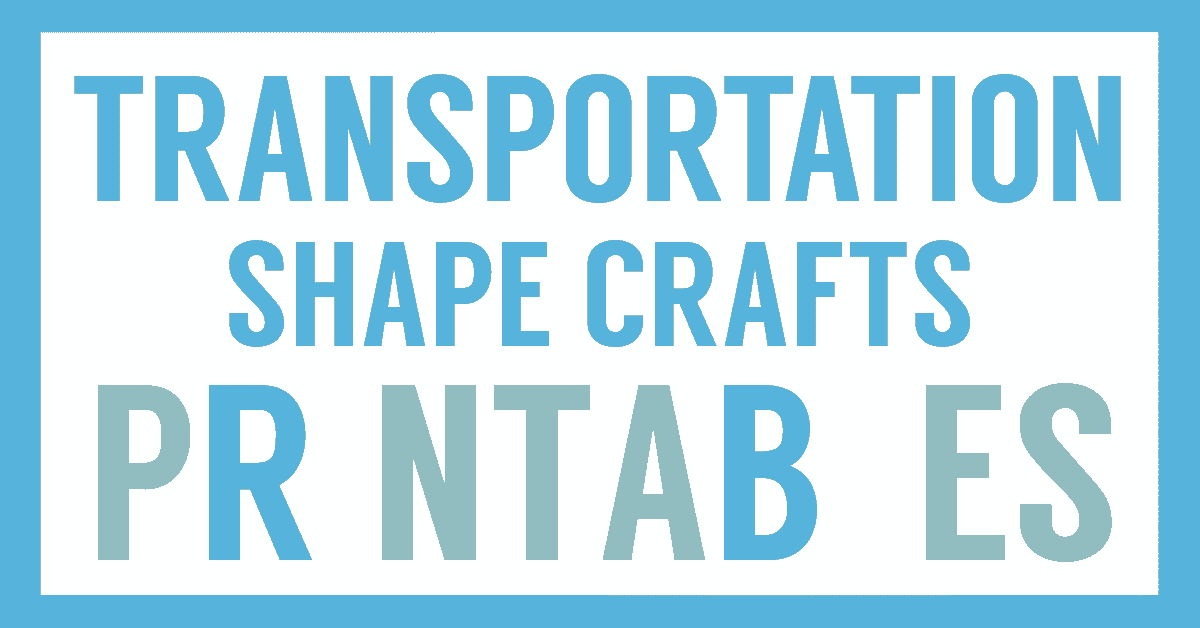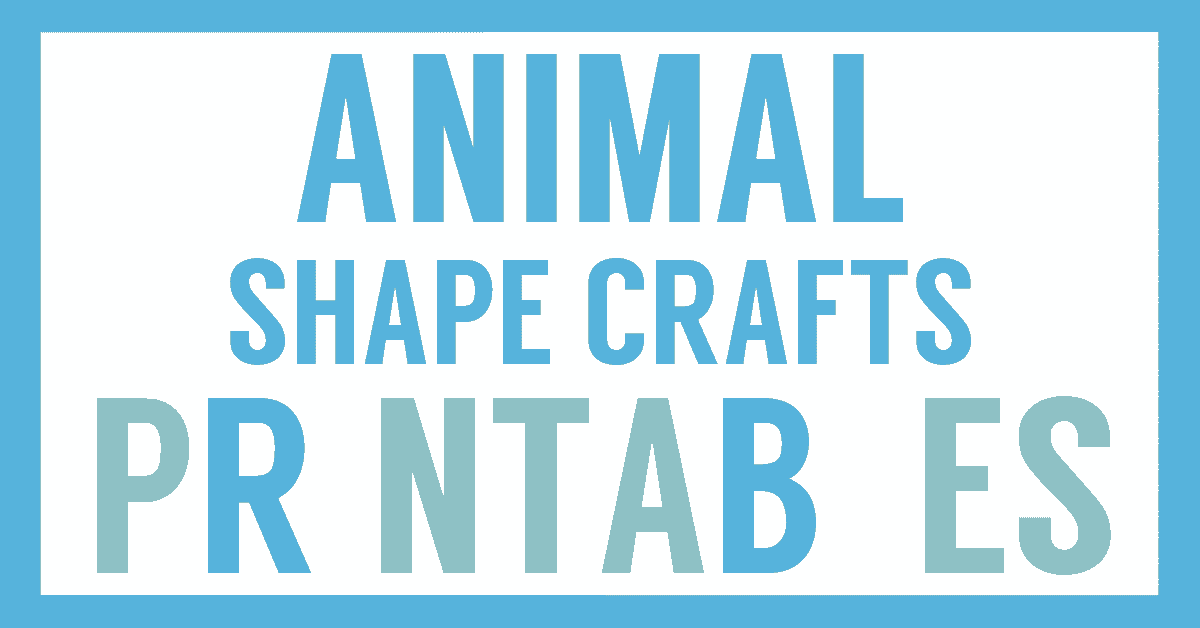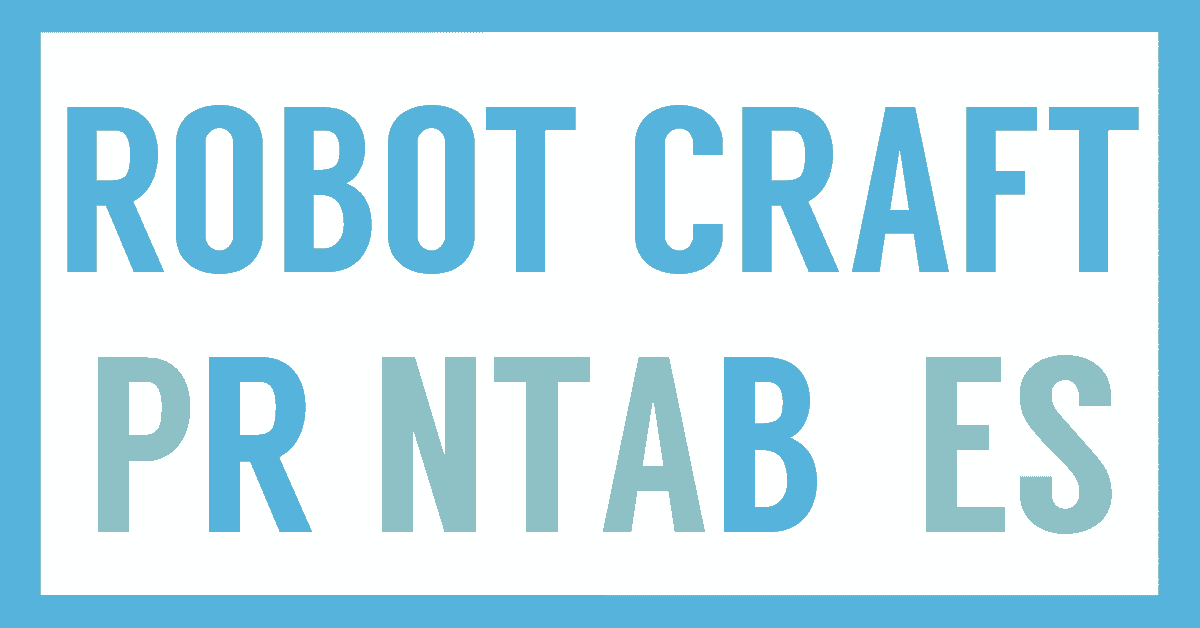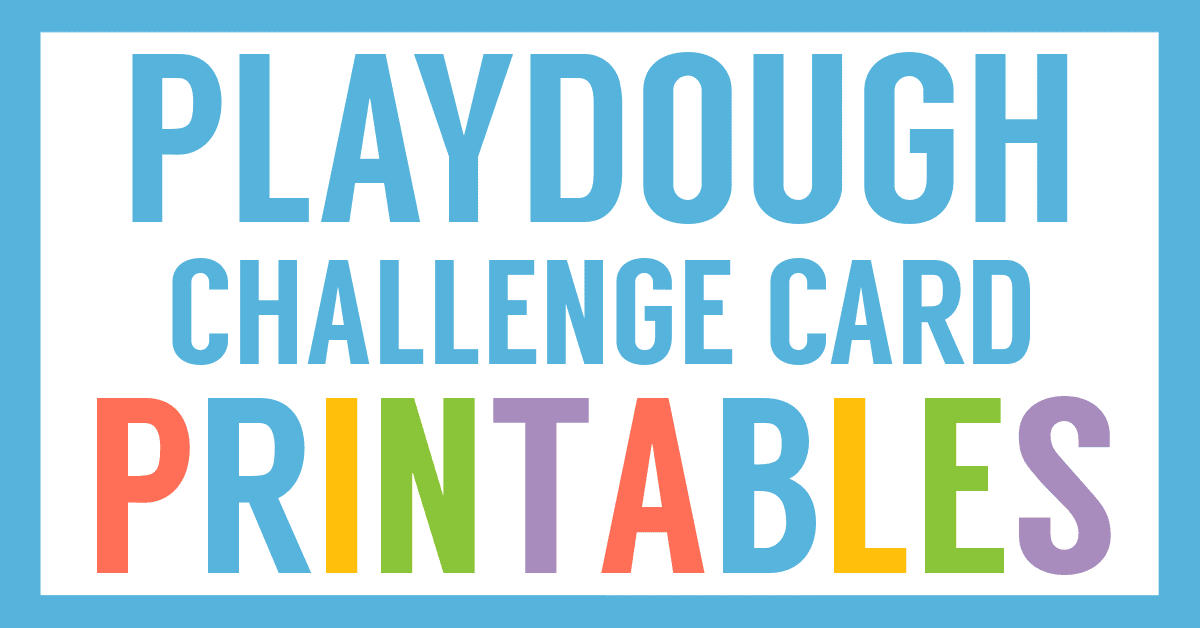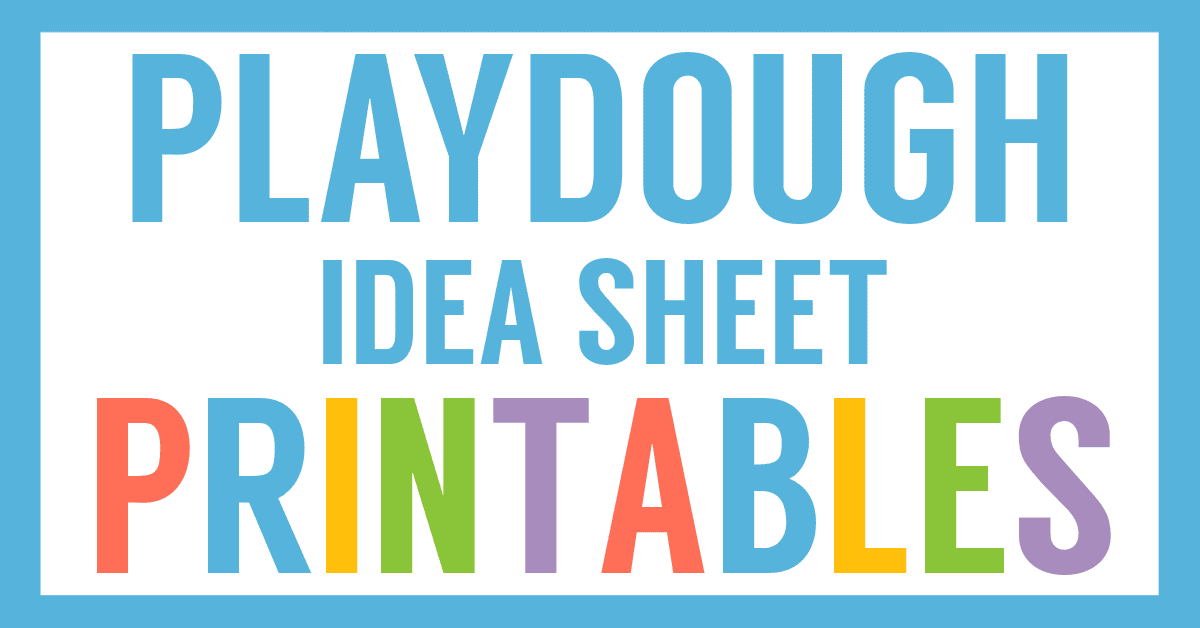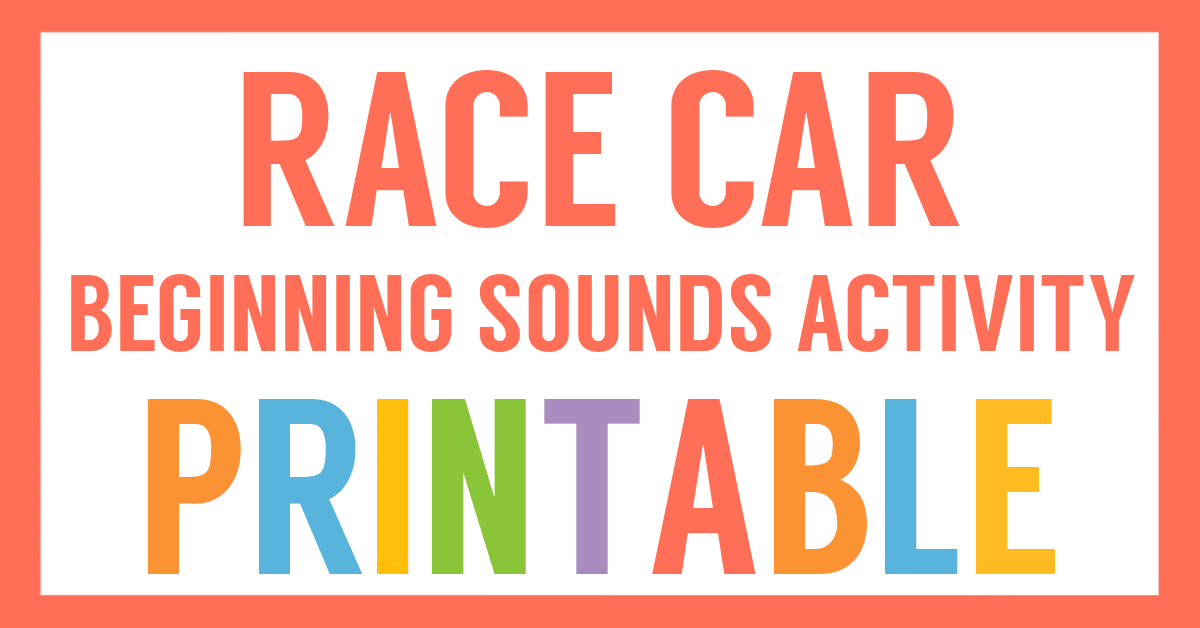Affiliate Disclaimer
We sometimes use affiliate links in our content. This won’t cost you anything, but it helps us to keep the site running. Thanks for your support.
Dive into this fun, classic book with our free, printable Mike Mulligan and His Steam Shovel activities.
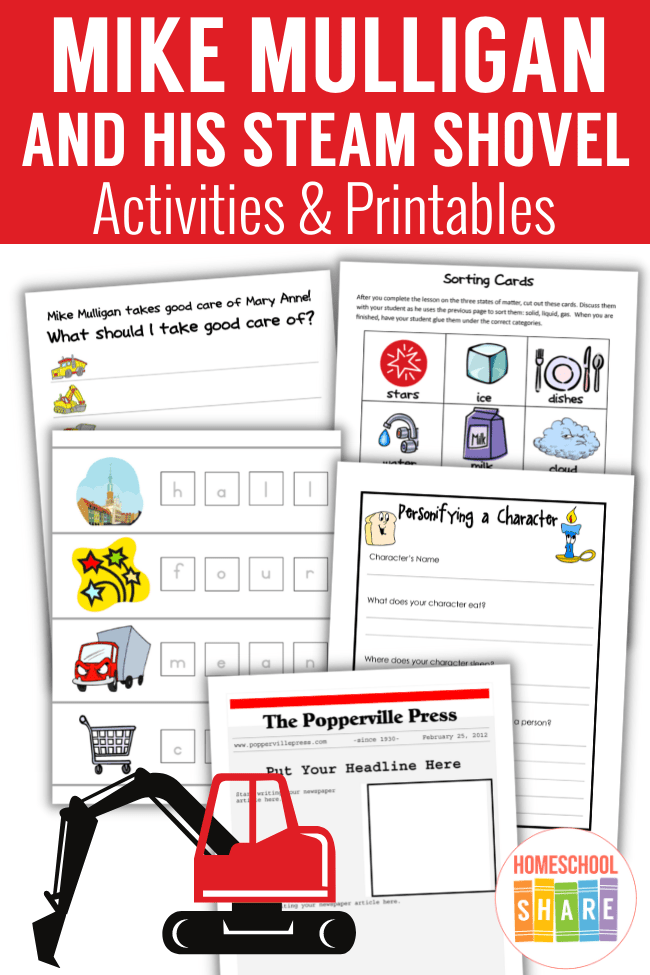
Thanks to Wende, Tamara, and Ginger A. for collaborating to create the Mike Mulligan and His Steam Shovel unit study lessons and printables.
Mike Mulligan and His Steam Shovel Story Summary
Mike and his trusty steam shovel, Mary Anne, dig deep canals for boats to travel through, cut mountain passes for trains, and hollow out cellars for city skyscrapers — the very symbol of industrial America. But with progress come new machines, and soon the inseparable duo are out of work. Mike believes that Mary Anne can dig as much in a day as one hundred men can dig in a week, and the two have one last chance to prove it and save Mary Anne from the scrap heap. What happens next in the small town of Popperville is a testament to their friendship, and to old-fashioned hard work and ingenuity.
Mike Mulligan and His Steam Shovel Lesson & Activity Ideas
This unit study includes lessons and printables based on the book Mike Mulligan and His Steam Shovel by Virginia Lee Burton.
Here are some sample lessons from the study.
Science: Energy
Energy is the ability to do work. There are several kinds of energy. You can’t see energy, only what energy does. Steam is a source of mechanical energy. Maryanne works due to steam energy. Steam engines have been used for over a hundred years. A boiler has a large tank that holds water and a furnace that burns fuel such as coal, oil, or wood to heat the water. As the water heats up and boils, it turns into a gas called steam. As the water turns to steam, it builds up pressure that can be used to turn wheels called steam turbines. Steam turbines are used to move ships, trains, and diggers, and to run generators that make electricity. Over time, people thought that gasoline, electricity, and diesel fuel were more efficient sources of energy. Today, even more sources of energy are used, including wind, solar, and nuclear. Maybe someday those gas, electric, and diesel diggers that took Mary Anne’s job will themselves become obsolete!
Science: States of Matter
There are three states of matter: solid, liquid, and gas.
Liquids can move freely. Get a cup of water. Show your student how the water takes the shape of its container. That’s what liquids do! Experiment with some liquids and watch them take the shape of their containers.
A solid has its own shape and does not flow. Can your student name some solids? What does your student think the solid form of water is?
Get a piece of ice and melt it. You just turned a solid into a liquid!
A gas flows and does not have a shape; it can spread freely! Can you turn a liquid into a gas? What about the water? How can it be turned into a gas? By heating it! Heat some water and watch some steam emerge from the pot. Remind your student that steam is the kind of energy that kept Mary Anne moving!
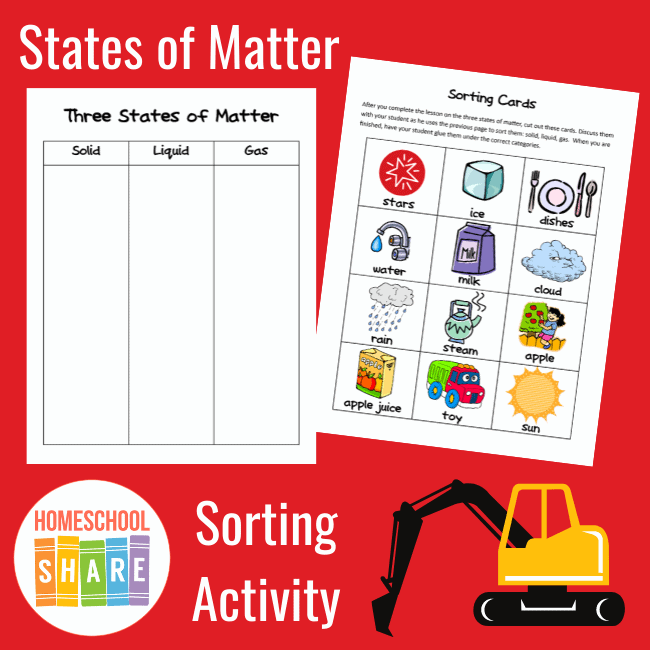
Geography: Landforms
Mike Mulligan and Mary Anne encounter various landforms while they are working including a body of water, high mountains, and hills. Rivers, lakes, mountains, hills — these are all landforms. A landform is a natural formation of land: caves, peninsulas, valleys, plains, islands, etc.
Can your student think of any landforms where you live? In your state? That she has seen while travelling?
Mike Mulligan and Mary Anne use their services to change landforms. Why?
(They needed to smooth the plains, make a canal, may way for trains and roads.)
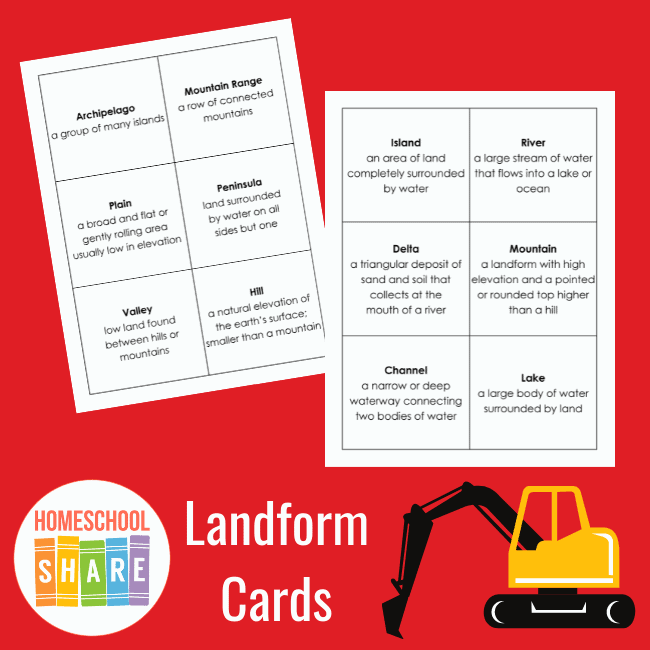
Language Arts: Plot
Plot is the action in a story. It includes events, which build and grow as the story develops. There are five basic elements that make up a plot line. Discussing these elements is sufficient at this stage in learning, to help your child become familiar with the terms.
- Exposition helps the reader to understand the background or situation in which the story is set. It reveals the setting, main characters, and information that the reader will need to understand the rest of the plot. This is revealed in pages 3 to 13 of our story.
- Rising Action is the series of conflicts that build towards a climax. The conflict in the story involves Mary Anne becoming obsolete, and then trying to prove herself, in pages 14 to 21.
- Climax is the high point or turning point in the story, usually the most intense part. What does your child think is the most intense part of the story? Aren’t pages 22 through 35 exciting, as Mike and Maryanne dig their hole in record time?
- Falling Action is the action in the story that works out the decision arrived at during the climax. It ends with the resolution. On pages 36 to 41 the action falls, as the community decides what to do with Mike and Maryanne now that they are stuck in the hole.
- Resolution is the portion of the story where the problem is solved, and is intended to bring the story to a satisfactory end. Ask your child to identify the resolution. Does he think it comes to a satisfactory ending?
Language Arts: Writing Activity
How did Mike and Mary Anne find out that the town of Popperville was going to build a new town hall? They read it in the newspaper. Using the printable page (you can type right on it!), write an article about Popperville building a new town hall, or write an article about Mike and Mary Anne building the town hall (narrate the story).
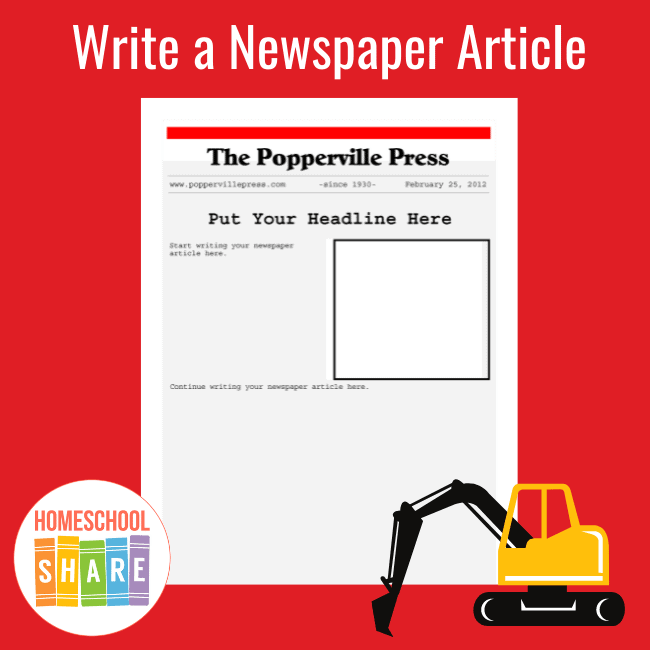
You can grab a copy of the Mike Mulligan and His Steam Shovel lessons, activities, and printables in an easy-to-print file at the end of this post.
Mike Mulligan and His Steam Shovel Printables
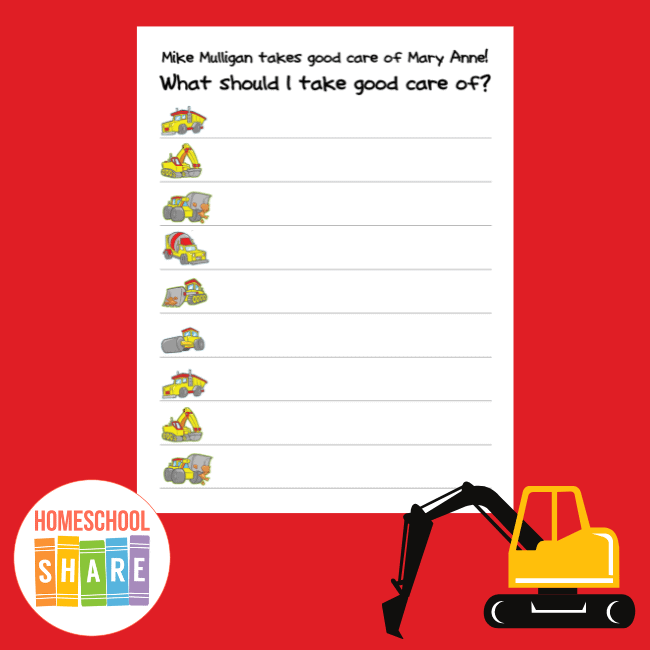
In addition to the unit study lessons, this file also includes these mini-books and printable pages for your student to create a Mike Mulligan and His Steam Shovel notebook:
- Landform Cards
- Types of Energy Accordion Fold Book
- Three States of Matter Activity Page
- Faithfulness Matchbook
- Working for the Lord Matchbook
- Stewardship Activity Page
- Copywork Page
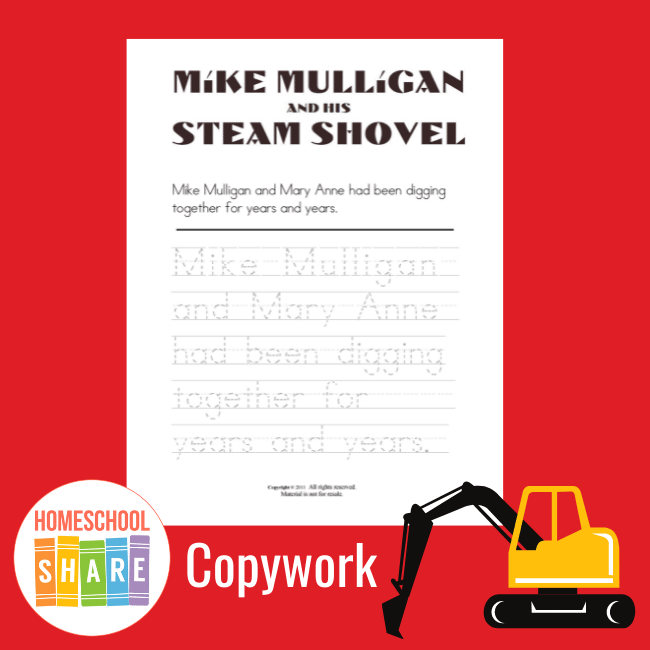
- Build the Words Activity Pages
- The Popperville Press Newspaper Writing Activity
- Plot Diagram Flap Book
- Personifying a Character Activity Page
- Construction Vehicles Coloring Book
- Math Problems Pages
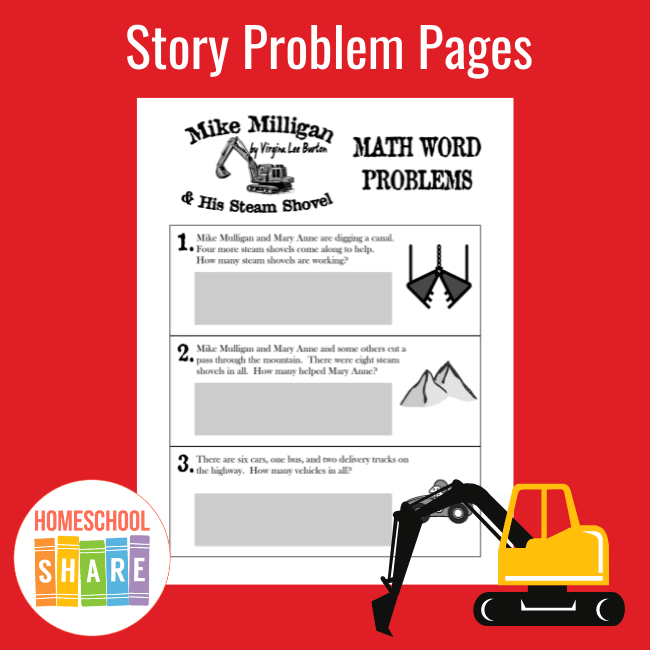
How to Get Started with Your Mike Mulligan and His Steam Shovel Activities & Printables
Follow these simple instructions to get started with the Mike Mulligan and His Steam Shovel unit study:
- Buy a copy of the book, Mike Mulligan and His Steam Shovel, or borrow one from your local library.
- Print the Mike Mulligan and His Steam Shovel unit study.
- Choose the lessons you want to use with your student (a highlighter works great for this).
- Choose and prepare the lapbook printables you want to use with your student.
- Enjoy a week of learning with Mike Mulligan and Mary Anne.
Get Your Free Mike Mulligan and His Steam Shovel Study
Simply click on the image below to access your free Mike Mulligan and His Steam Shovel lessons and printables.

